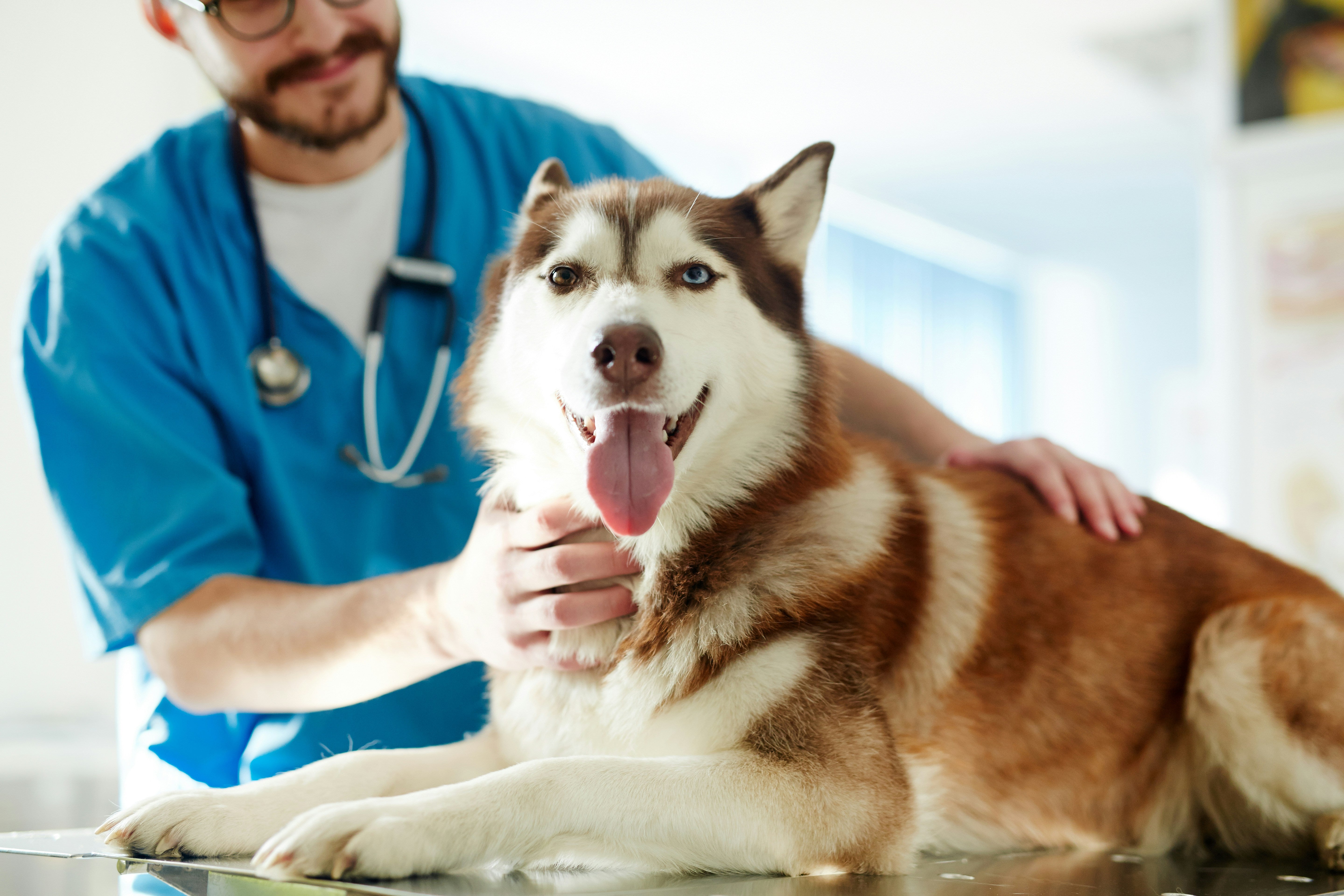10 Early Signs of Joint Pain in Dogs Every Owner Should Know
Is your dog slowing down, limping, or less playful? These may be early signs of joint pain. Here’s what every responsible pet owner needs to watch for.
Why Recognizing Joint Pain in Dogs Matters
Joint issues are one of the most common health problems in dogs, affecting breeds of all sizes and ages. In fact, studies show that over 80% of dogs over the age of 8 experience some level of joint discomfort. But joint pain doesn’t only affect senior dogs — young and active breeds can suffer too. Recognizing the early signs allows you to take action before the condition worsens.
10 Signs of Joint Pain in Dogs
Here are the most common symptoms of joint discomfort in dogs. If you notice any of these, it’s time to pay close attention:
1. Limping or Lameness
A clear red flag is when your dog starts limping after exercise or avoids putting weight on one leg. This often signals hip or knee discomfort.
2. Stiffness, Especially After Rest
If your dog struggles to get up after sleeping or looks stiff in the morning, joint inflammation may be to blame.
3. Reluctance to Climb Stairs or Jump
Dogs in pain often avoid stairs, couches, or cars. What once was easy suddenly looks like a challenge.
4. Decreased Activity Levels
Has your once-playful pup become less interested in walks or playtime? Joint pain can cause them to rest more than usual.
5. Personality or Behavior Changes
Some dogs become irritable, anxious, or even aggressive when touched around sore areas. A sudden change in mood is often tied to physical pain.
6. Trouble Lying Down or Standing Up
Struggling to sit, lie down, or stand up smoothly can point to hip, knee, or elbow pain.
7. Muscle Loss Around Legs
When dogs avoid using a painful leg, the surrounding muscles weaken over time, making the problem worse.
8. Frequent Licking or Chewing Joints
Excessive licking around elbows, hips, or knees is often your dog’s way of soothing joint discomfort.
9. Reduced Range of Motion
Does your dog hesitate to stretch, roll over, or bend as they used to? Limited flexibility is another key warning sign.
10. Audible Clicking or Popping Sounds
In advanced cases, you might hear clicking noises when your dog moves — a sign of worn cartilage.
What Causes Joint Pain in Dogs?
Several factors contribute to canine joint pain, including:
- Arthritis: Degeneration of cartilage over time.
- Hip or elbow dysplasia: Genetic conditions common in larger breeds.
- Injuries: Accidents or overexertion during play.
- Obesity: Extra weight puts stress on joints.
- Poor nutrition: Lack of essential nutrients that support cartilage and connective tissue.
How to Support a Dog with Joint Pain
If you recognize these signs, don’t wait. Early intervention can greatly improve your dog’s quality of life. Here are some proven ways to help:
- Regular vet checkups to rule out underlying conditions.
- Weight management to reduce strain on joints.
- Gentle exercise such as swimming or short walks.
- Comfortable home environment — orthopedic dog beds, ramps, and rugs to prevent slipping.
- Joint supplements with ingredients like Glucosamine, Chondroitin, Turmeric, and Green-Lipped Mussel to support cartilage, reduce inflammation, and restore mobility.
Final Thoughts
Spotting the early signs of joint pain in dogs is key to preventing long-term damage. By paying attention to your pup’s behavior and taking proactive steps, you can ensure they live a happy, active life well into their senior years. Don’t wait until it’s too late — your dog deserves to run, play, and move without pain.



Best Hip & Joint Supplements for Dogs - Improve Mobility & Relieve Pain